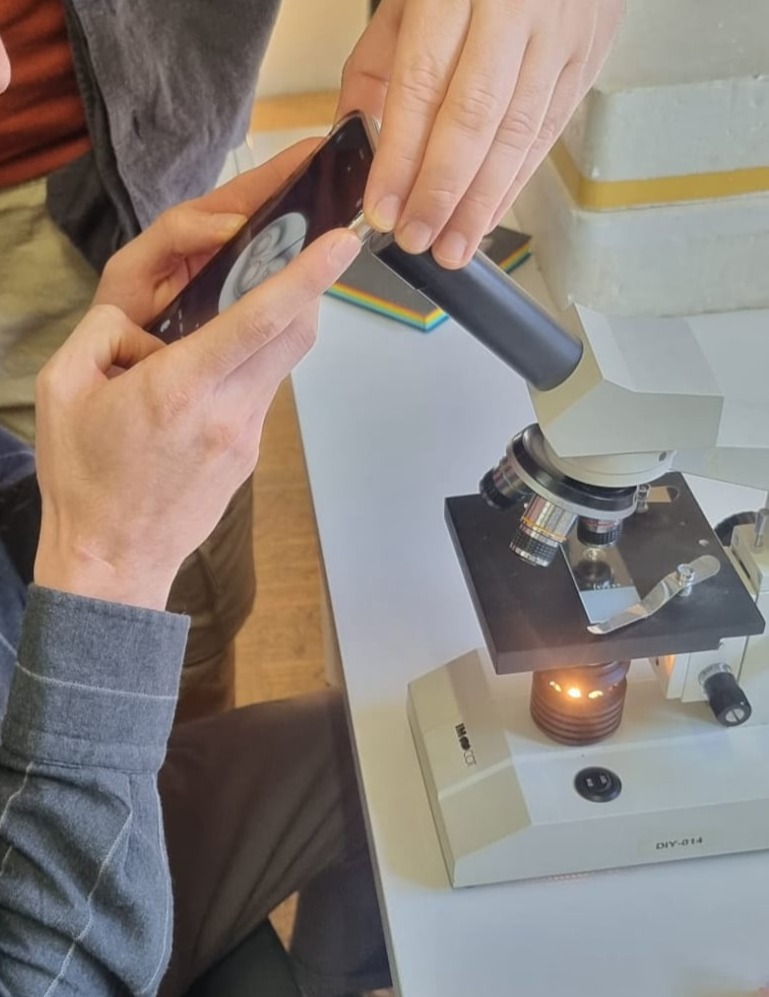
Bio - Zero
Seminar to return to basics of biology with the perspective of the new investigations contexts

Seminar to return to basics of biology with the perspective of the new investigations contexts
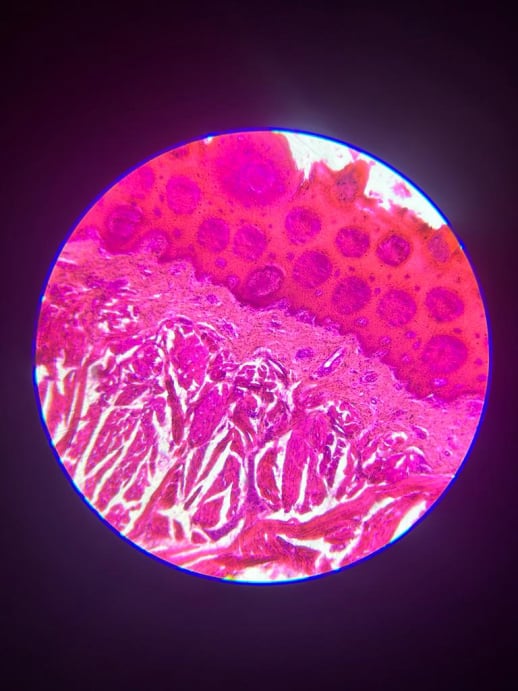
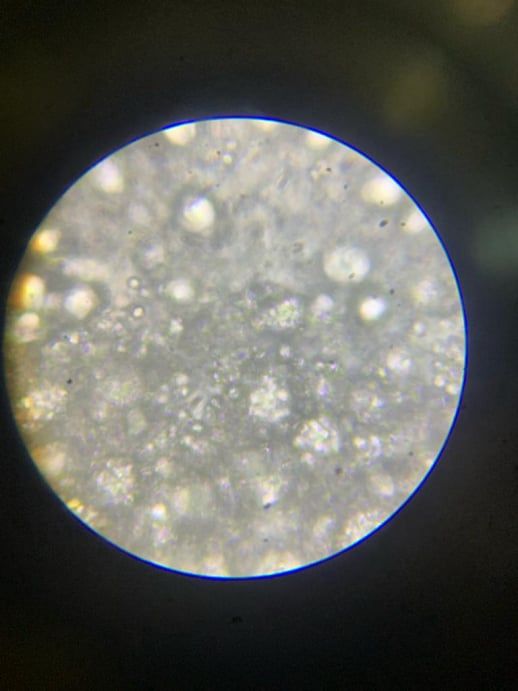
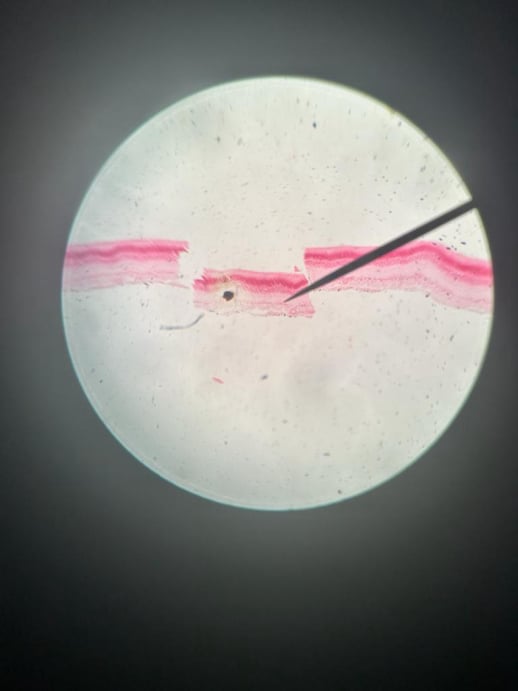
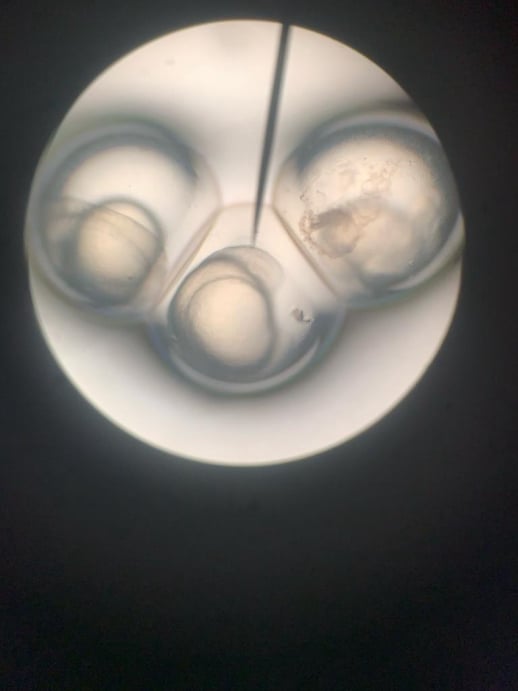
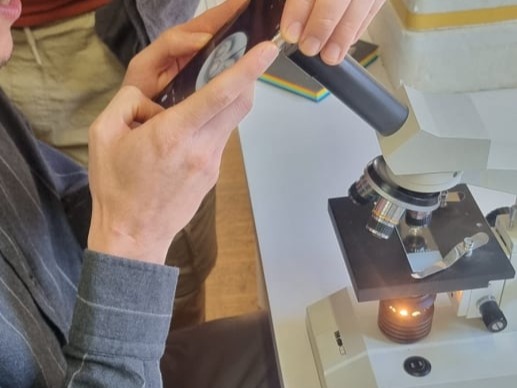
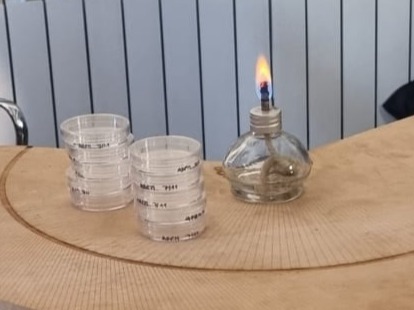
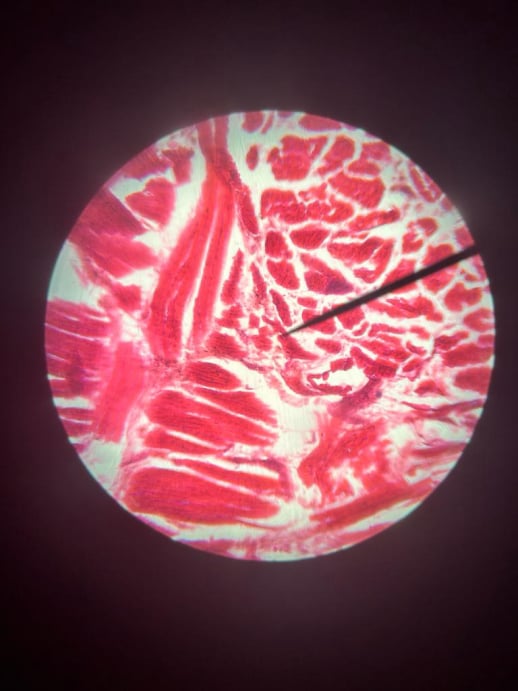
1. Introduction
The purpose of this document is to propose the hypothesis of making a color modification to the Linum usitatissimum plant, which is the raw material for linen fabric, with the aim of creating a fabric that changes color in response to temperature fluctuations. To achieve this change, we suggest working with the anthocyanin known as "anthocyanin 3'-rutinoside," which has been studied for its ability to change color in response to temperature.
2. Area of Interest: Temperature-Sensitive Fabric
Linen is a fabric known for its high tensile strength, breathability, absorbency, and thermal regulation properties. The plant, Linum usitatissimum, is hardy, requiring fewer pesticides and water for growth compared to other textile crops like cotton.
Considering the emerging future of high temperatures and manufacturing constraints, durable clothing is becoming a necessity. Linen, with its advantageous properties, has the potential to play a significant role in increased fabric production. Currently, linen is naturally beige or dyed in coloration processes. Therefore, we propose a fabric that changes color with temperature, serving as an indicator for users of potentially health-threatening high temperatures.
The color of linen, like many other plants, is primarily determined by pigments. In the case of linen, the coloration of fibers is related to pigments called anthocyanins, which are flavonoid compounds responsible for red, purple, and blue colors in many plants.
The gene encoding the key enzyme involved in anthocyanin synthesis is called "F3'H" or "flavonoid 3'-hydroxylase." This enzyme plays a crucial role in the biosynthetic pathway of anthocyanins. The expression and regulation of this gene, along with others in the flavonoid biosynthetic pathway, determine the type and quantity of anthocyanins produced in linen plants, influencing their coloration.
2.1 Search for Coloration Methods options
2.1.1 Chameleons
Chameleons have opsins in their skin that respond to environmental stimuli such as light and temperature, influencing pigment expression and color change. However, due to the complexity of genetic modification in animals like chameleons, a decision was made to explore alternatives in simpler organisms.
2.1.2 Violets, Cherries, and Chard
Some fruits, vegetables, and flowers contain anthocyanin 3'-rutinoside and have been studied for their ability to change color in response to temperature, shifting from red to blue or violet as the temperature rises or falls.
Since anthocyanins belong to the flavonoid family and are present in other flowers, they were chosen as the genes to modify Linum usitatissimum.
3. Modification of Linen
It is proposed to genetically modify flavonoid 3'-hydroxylase, the natural color-producing gene of linen, to anthocyanin 3'-rutinoside as follows:
Genetic Engineering:
Once the biosynthetic pathways are understood, attempts can be made to genetically modify the plant to introduce or modify genes leading to the production of anthocyanin 3'-rutinoside instead of the natural flavonoids in linen.
Genetic Regulation:
Fine regulation of gene expression is essential. Appropriate genetic promoters should be selected to direct the expression of modified genes specifically in desired tissues and conditions.
Stability and Side Effects:
Genetic modification must address the stability of the new feature and minimize potential unwanted side effects.
3.1 Desired Effects
A fabric that retains the physical properties of linen but changes color with an increase in temperature to reddish hues and, with cooler temperatures, shifts to blue shades.
3.2 Side Effects
With genetic modification, the duration of coloration, sensitivity to color changes, and effects on the skin need to be observed.
4. Conclusions
Through a comprehensive literature review and understanding of the metabolic and genetic pathways associated with flavonoid synthesis in linen, a genetic engineering approach was proposed to modify the expression of key genes, including flavonoid 3'-hydroxylase.
The implementation of this genetic change is envisioned as an innovative strategy to introduce anthocyanin 3'-rutinoside into linen, potentially imparting unique color-changing properties in response to specific temperature stimuli.
Acknowledging the significant challenges, including the need for a complete understanding of involved metabolic pathways, precise genetic regulation, and the potential emergence of unwanted side effects, this approach presents broad potential benefits. It opens avenues for the production of textiles and materials with specific color-changing properties. This hypothetical study lays the foundation for further research that could lead to significant advances in plant genetic engineering and flavonoid modification for specific applications.
Bibliography
http://blogtextilespastor.es/el-lino-origen-y-curiosidades/
https://es.wikipedia.org/wiki/Lino_textil
https://www.ncbi.nlm.nih.gov/pmc/articles/PMC10420081/
https://www.frontiersin.org/articles/10.3389/fpls.2012.00222/full
https://chat.openai.com/
We offer various shipping options to accommodate your needs. During the checkout process, you will have the opportunity to select the shipping method that suits you best. These options may include standard shipping, express shipping, or expedited delivery, depending on your location and the nature of the product.
AI Website Maker